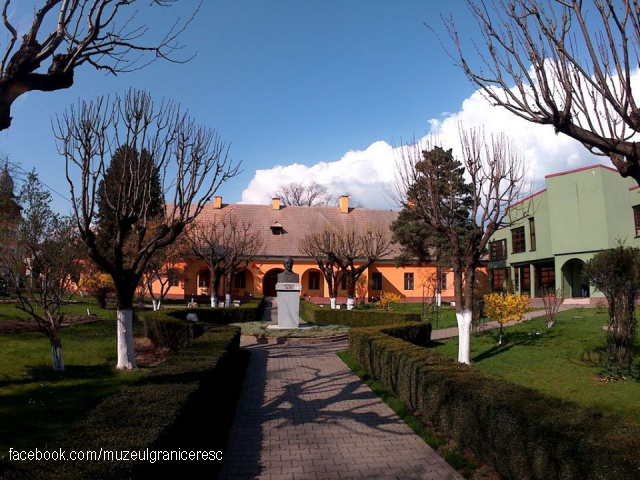The Border Patrol Guards in Nasaud
A museum is today hosting artifacts that keep the memory of the Nasaud border guards alive.

România Internațional, 26.07.2020, 14:00
Set up on April 12, 1762 based on an imperial decree issued by the Austrian Empress Maria Theresia, the Romanian 2nd border patrol regiment in Nasaud area, today in central Romania, had as mission the defense of the Eastern border of the Eastern Carpathians. A museum is today hosting artifacts that keep the memory of the Nasaud border guards alive. The Nasaud Border Guards Museum is home to an exhibition of weapons, ceramics, knives, jewelry and other handmade objects from the time of the Dacians and Romans.
The county became prominent in Austrias history during the reign of empress Maria Theresia between 1740 and 1780. On April 12, 1762, Empress Maria Theresia signed the founding document of Regiment 2 infantry in Nasaud. The regiment was made up of Romanian ethnics enjoying the same privileges as all other border regiments. The reason for the setting up of border patrol regiments, starting October 13, 1761, was to reform and centralize the Austrian state. These regiments were not only assigned with guarding the borders, but they were also used in the wars. The motto of the Regiment 2 in Nasaud was “virtus romana rediviva, that is Roman virtue revived.
Museographer Dan Prahase with the Nasaud Border Guards Museum talked about the museums origins: “Its name comes from the Romanian 2nd border regiment set up in 1762, during the reign of Maria Theresia. The museums building is a former military barracks, a solid building erected in 1770, made of brick and stone, meant to resist bombardment. The Habsburgs expected to be bombarded so they made a very solid building, able to face that threat.
The Romanians first loyalty oath to Maria Theresia was made on June 21, 1763. In 1778 the regiment was sent to fight in the Prussian war. In 1788 the regiment was sent to fight the Turks in Bukovina, while five years later they were mobilized against the French revolution army. They also participated in the campaigns in Germany and Italy, from where they returned in 1801. Four years later, in 1805, the regiment was sent to fight against Napoleons armies. The military campaigns of 1809, 1812 and 1815 followed, all against Napoleon I. In 1849, one of the regiments battalions took part in the repression of the Polish peasants uprising in Galicia.
According to Dan Prahase, one of the heroes of the anti-Napoleon wars is buried on Romanias territory, in Bihor county: “After Waterloo, in 1815, the French continue to fight and between 14 and 17 of July, 1815, the Nasaud regiment and the Austrians received the capitulation of Lyon, the second capital of France. Who is the Austrian imperial winner in Lyon? It is General Frimont, he is from Lorena and he fights on the part of the Habsburgs. He is buried in the village of Palota, Bihor county. He contributed to the construction of the church, he died in Austria and he was then brought to Bihor and buried here.
During the 1848 Revolution, the Romanian border regiment in Nasaud was faithful to the Austrian crown and fought against the Hungarian revolutionaries led by Lajos Hossuth, who wanted to form an independent Hungarian state. Following the revolution, all border regiments in the Austrian army were dismantled during Emperor Franz Joseph, and reformed. The Romanian regiment was transferred from Nasaud to Alba Iulia, from east to west. However, the autonomy of the Nasaud district was preserved. One of the remarkable soldiers in Nasaud, Leonida Pop, had a brilliant career in the Austrian military hierarchy. In 1883 he was a councilor of Emperor Franz Joseph and then he was appointed head of the emperors military chancellery.
During WWI the soldiers in Nasaud had to fight against Romanians from Romania. Dan Prahase tells us more about it: “I would have liked everyone to try to understand their dilemma and feel what they felt. We have literary works by Rebreanu as examples. Unless they had agreed to fight for the Austro-Hungarians they would have been executed. People tried to make this compromise: make their duty towards the emperor while trying not to fight against Romanians. In Moldova and Wallachia people were not confronted with this problem.
After December 1, 1918, in Greater Romania, Nasaud was no longer a border area.
(Translated by Elena Enache)





























